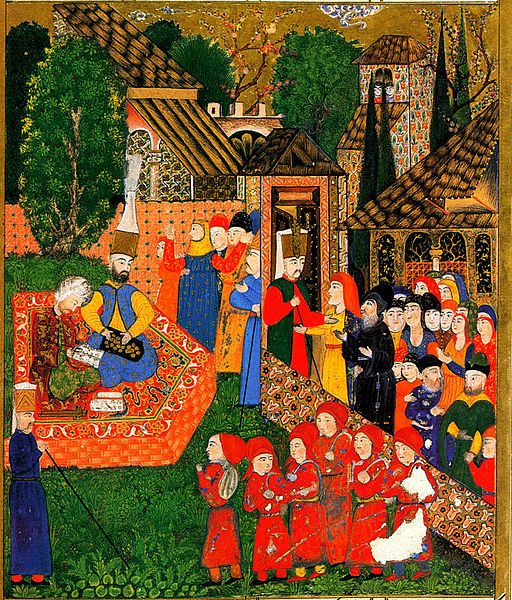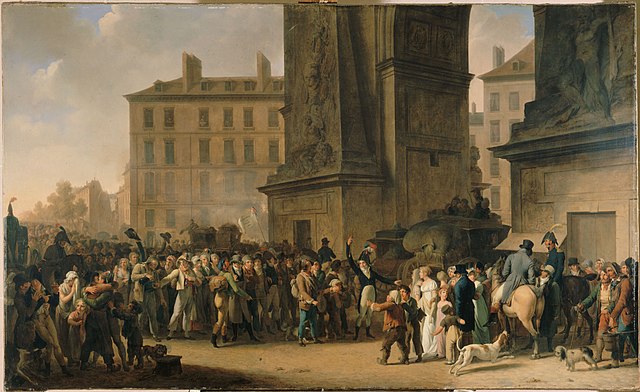Devshirme was the Ottoman practice of forcibly recruiting soldiers and bureaucrats from among the children of their Balkan Christian subjects and raising them in the religion of Islam. Those coming from the Balkans came primarily from noble Balkan families and rayah (poor) classes. It is first mentioned in written records in 1438, but probably started earlier. It created a faction of soldiers and officials loyal to the Sultan. It counterbalanced the Turkish nobility, who sometimes opposed the Sultan. The system produced a considerable number of grand viziers from the 1400s to the 1600s. This was the second most powerful position in the Ottoman Empire, after the sultan. Initially, the grand viziers were exclusively of Turk origin, but after there were troubles between Sultan Mehmed II and the Turkish grand vizier Çandarlı Halil Pasha the Younger, who was the first grand vizier to be executed, there was a rise of slave administrators (devshirme). They were much easier for the sultans to control, compared to free administrators of Turkish aristocratic extraction. The devshirme also produced many of the Ottoman Empire's provincial governors, military commanders, and divans during the 1400s–1600s period. Sometimes, the devshirme recruits were castrated and became eunuchs. Although often destined for the harem, many eunuchs of devshirme origin went on to hold important positions in the military and the government, such as grand viziers Hadım Ali Pasha, Sinan Borovinić, and Hadım Hasan Pasha.

Illustration of an Ottoman official and his assistant registering Christian boys for the devshirme. The official takes a tax to cover the price of the boys' new red clothes and the cost of transport from their home, while the assistant records their village, district and province, parentage, date of birth and physical appearance. Ottoman miniature painting, 1558.
Enderûn pyramid
Conscription is the state-mandated enlistment of people in a national service, mainly a military service. Conscription dates back to antiquity and it continues in some countries to the present day under various names. The modern system of near-universal national conscription for young men dates to the French Revolution in the 1790s, where it became the basis of a very large and powerful military. Most European nations later copied the system in peacetime, so that men at a certain age would serve 1 to 8 years on active duty and then transfer to the reserve force.
Painting depicting a battle during the Ōnin War
Ottoman janissaries
Painting depicting the Departure of the Conscripts of 1807 by Louis-Léopold Boilly
Conscription of Poles to the Russian Army in 1863 (by Aleksander Sochaczewski)






